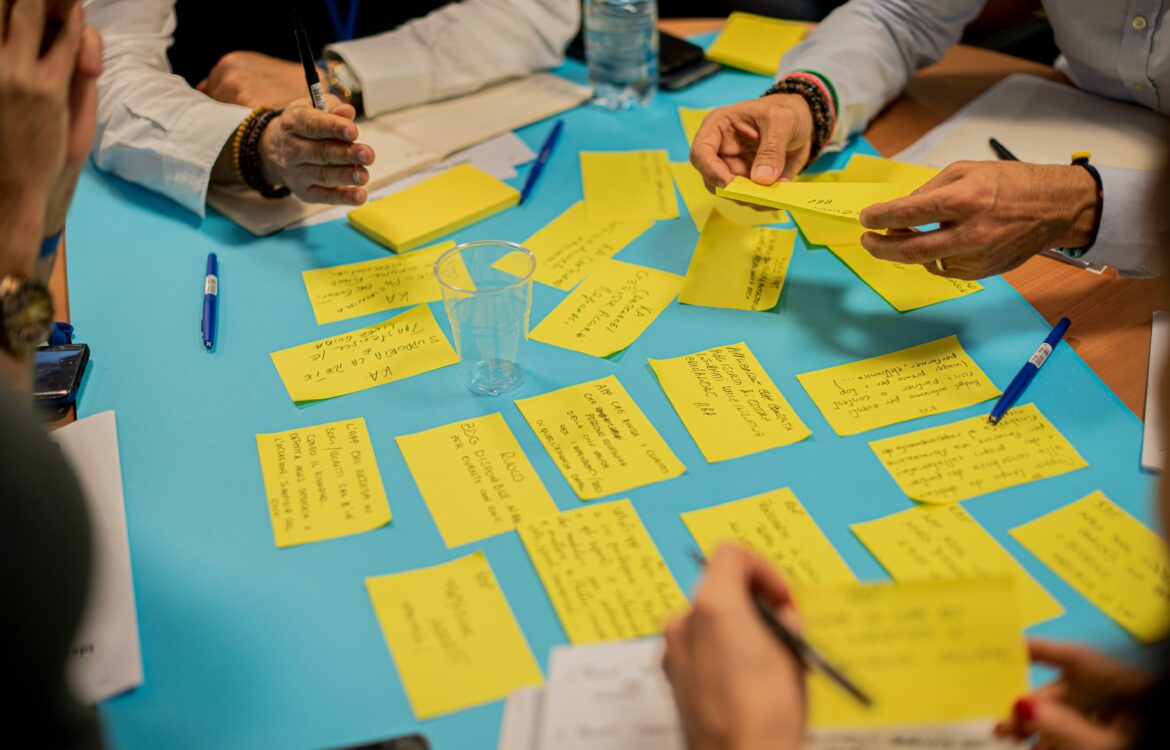
Lost in translation: the challenge of communicating scientific results in transdisciplinary research. Insights from the FoodCLIC project
Authors: Arianna De Conno, Sabrina Arcuri, Benedetta Bernardini, Maria Vasile
Communicating with non-academic actors can be challenging, like speaking different languages. We propose a real-life example: a report designed for non-academic actors.
The Living Labs (LL) approach has been increasingly applied in EU projects to address complex, real-life challenges, like the ones regarding sustainable and healthy food systems at different levels.
The core of this approach is transdisciplinary research. Indeed the LL approach is based on the interactions among actors from different sectors and disciplines: academia, policy makers, civil society, enterprises.
The co-creation of new knowledge emerges from this continuous exchange, without which it would have been impossible to obtain. The diversity of the actors involved makes communication a key tool to support effective knowledge integration and mutual learning in transdisciplinary research projects (Fisher et al., 2024).
Here we provide a real-life example of a communication tool (a report) realized by researchers for non-academic actors. We share the report of a monitoring activity conducted during the on-going Horizon project FoodCLIC [https://foodclic.eu/] in the municipality of Capannori (Italy).
The monitoring regarded the implementation of a pilot project on food education in schools and mainly involved teachers.

As researchers, we supported the monitoring of the pilot project by facilitating a reflection about how the food education workshops went: their benefits, challenges, impacts on children’s approach to food and more generally on the school environment (in terms of produces of the workshops, such as children’s drawings and collective stories).
The report is a collection of participants’ reflections and brings together various opinions and proposals. Having systematised this information, the researchers hope to facilitate a shared overall understanding of the initiative, a collective memory of what was done and an element that can support future actions with an evidence-based approach. In particular, the report has been realized for the actors who are directly and daily involved in the implementation of the pilot project as educators in schools, but also as civil servants, policymakers, members of the local food council, as the ones managing the school canteen service.
When writing the report, we dedicated specific attention to its design. We integrated visual and textual signs: pictures and graphics to make the reading more engaging, and different colors corresponding to different contents of the report, to guide the reader and to make it easier and faster to check the report.
We think that this simple example can represent the starting point for more in-depth and general reflections on communication in transdisciplinary research from the researchers’ point of view. For example: What kind of communication skills can support context-specific choices of communication tools and their design, to make research accessible and understandable to a variety of actors? Do we have the time, energy and resources to learn more about communication?
Answering these questions is not an easy task. But maybe also in these answers lies the opportunity to make our research part of a participatory and transformative process of co-creation of knowledge.
Reference:
Fischer, C., Radinger-Peer, V., Krainer, L., & Penker, M. (2024). Communication tools and their support for integration in transdisciplinary research projects. Humanities and Social Sciences Communications, 11(1), 1-16.

